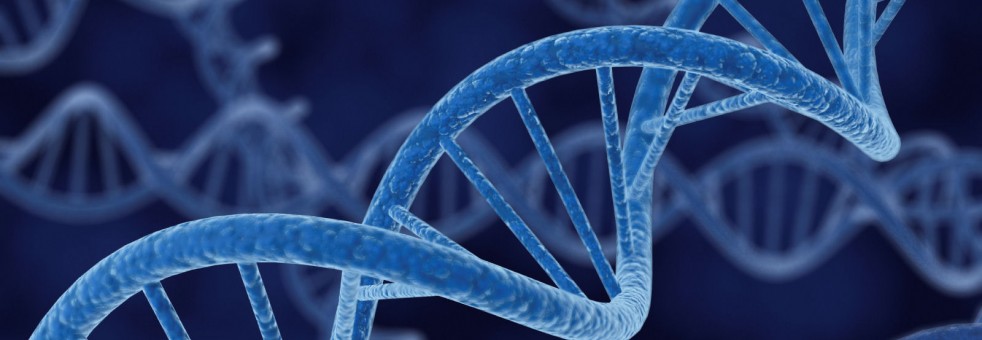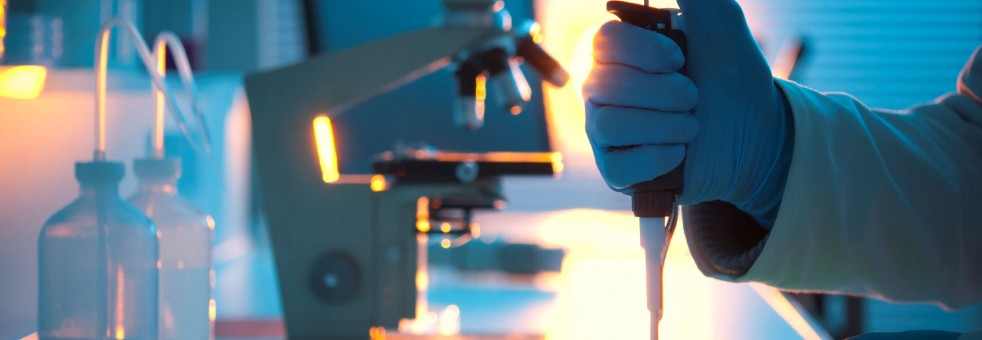Neurosarcoidosis
In sarcoidosis an overactive immune system exists, that causes the immune system to damage the human body of the individual. This so-called auto-immune disease develops because of an exaggerated immune response to an unknown agent in patients who are vulnerable. Characteristic for sarcoidosis is the accumulation of inflammatory cells, so-called granulomas, which can develop in every part of the human body. These granuloma’s most commonly involve the lungs, but the skin and the eyes are also frequently involved. The nervous system is involved in 1 out of 20 patients with sarcoidosis - this is called neurosarcoidosis. The manifestation of the disease varies greatly between individuals. For example, if the granulomas involve the brain it can cause a facial palsy, a (chronic)meningitis or epilepsy. When they involve the spinal cord, a patient can become paraplegic. But it can also involve the nerves which can cause sensory symptoms and/or pain.
The diagnosis neurosarcoidosis can be very challenging. To diagnose someone with 100% accuracy, you need to examine nerve or brain tissue with a microscope for the presence of granuloma’s. Often, these operations are too dangerous, therefore the diagnosis is frequently made by demonstrating granulomas in other parts of the body, most commonly the lymph nodes close to the lungs. In these cases, the combination of a compatible neurological picture, abnormalities on scans or in cerebrospinal fluid, together with the presence of sarcoidosis in other parts of the body, can lead to the diagnosis ‘probable neurosarcoidosis’. Frequently, ancillary investigations are necessary, for example laboratory investigations, multiple lumbar punctures, electromyography to test the conductivity of the nerves and scans of the nervous system and other parts of the body.
When the diagnosis neurosarcoidosis is thought to be probable, treatment might be necessary. The treatment of sarcoidosis exist out of immune system inhibitory drugs, like prednisone. This is a fast acting hormone and can be administered orally or in an high dose via an intravenous drip, the so-called methylprednisolone pulse therapy. A combination of the two may be necessary to suppress the disease fast and powerful. When the disease is progressive irrespective of prednisone treatment or if when long-term treatment with prednisone is expected, a second line agent may be indicated which inhibits the immune system differently, most frequently methotrexate or azathioprine. These drugs are also used in other diseases of the immune system, like rheumatoid arthritis. If the diseases proves hard to treat, your doctors can choose to treat you with specific powerful antibodies, like infliximab.
Neurosarcoidosis is a serious disease and 1 out of 3 patients do not improve despite treatment. We are currently conducting multiple research projects to improve the diagnostic process and treatment of neurosarcoidosis. We are working closely together with the Erasmus MC in Rotterdam where a lot of research on neurosarcoidosis is also performed. You can find more information concerning our research projects can be found under ‘patients’ and ‘scientific research’.















